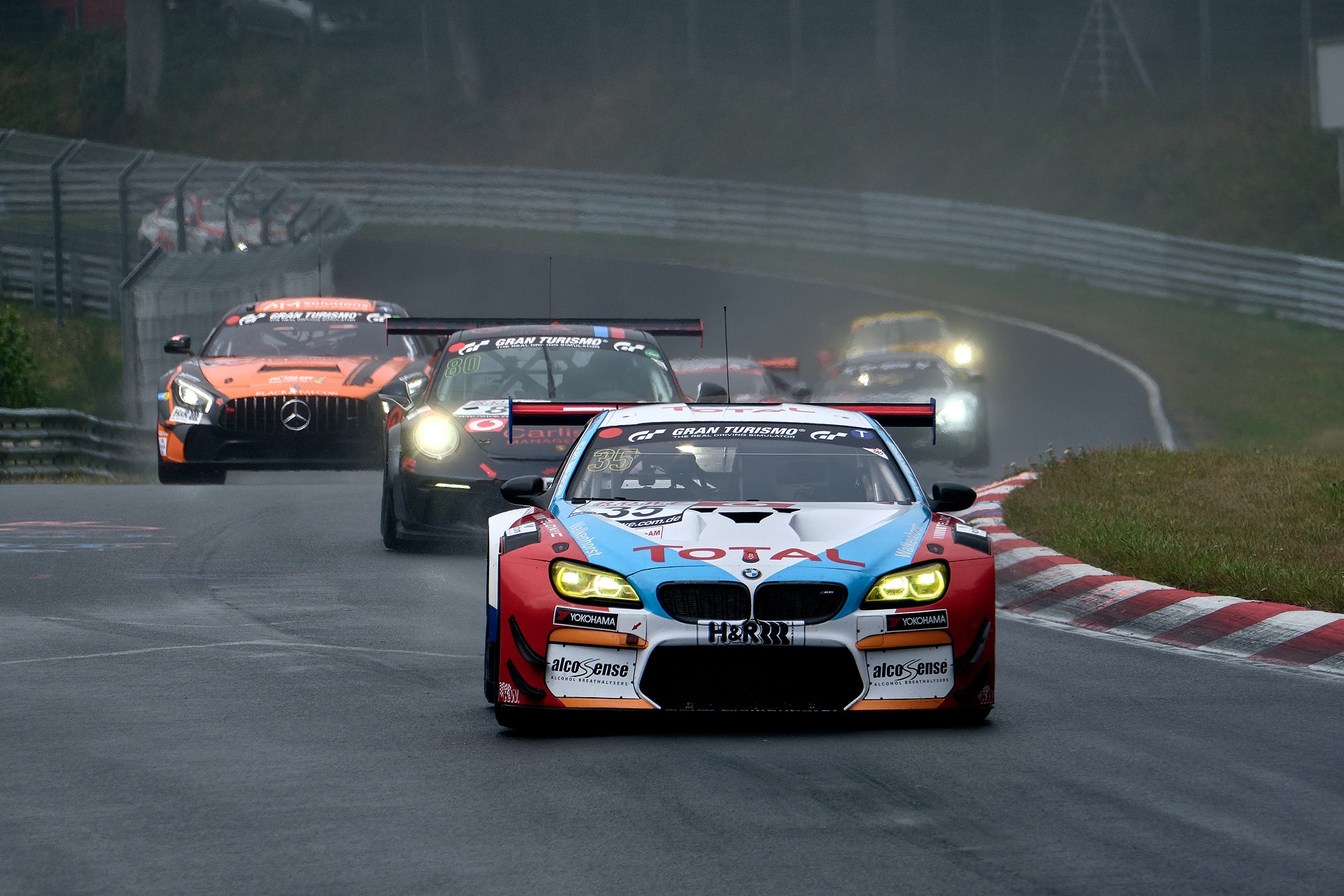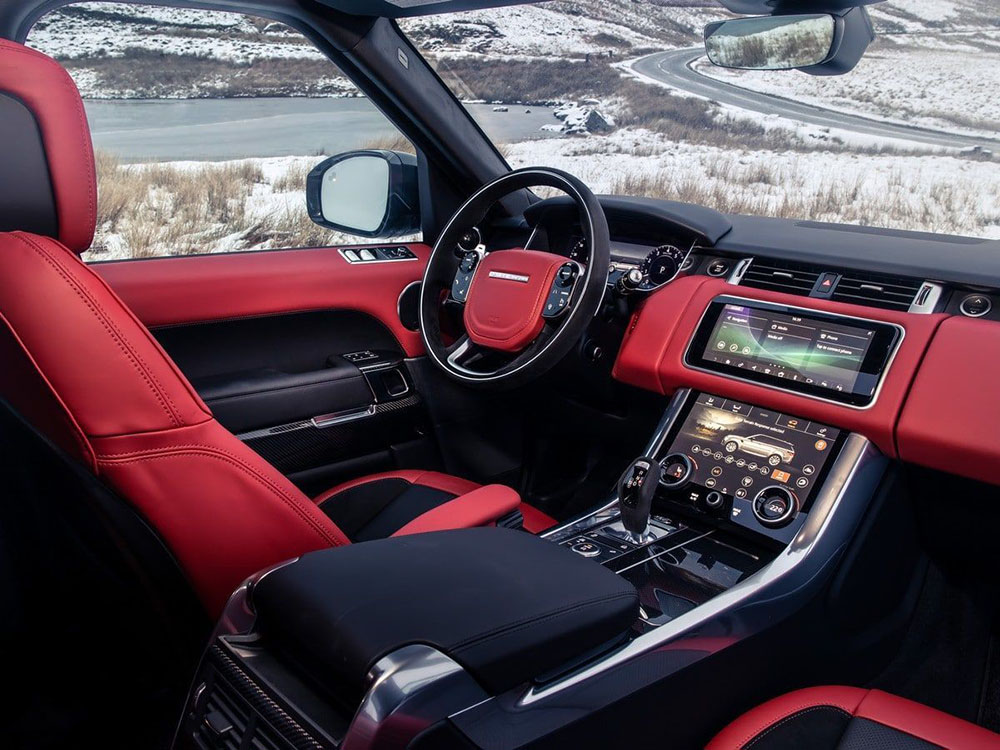Discovering the Power and Precision of Torque Vectoring
Introduction: Imagine taking a corner at high speed in your sports car, the tires gripping the asphalt as the vehicle turns sharply yet smoothly, maintaining perfect balance. This is the magic of torque vectoring at work, an innovation that has greatly enhanced vehicular handling and performance.
1. Torque Vectoring: A Technological Marvel
Torque vectoring is a system that improves a vehicle’s handling and stability. It works by varying the power sent to each wheel, making it easier for the car to navigate turns and corners. This technology was first introduced in the 1990s, but it was not until the last decade that it became more prevalent, thanks to advancements in computing and vehicle electronics.
2. The Mechanics of Torque Vectoring
At its core, torque vectoring is about balance and control. When a car turns a corner, the wheels on the outside of the curve need to rotate faster than those on the inside due to the larger distance they cover. Traditionally, this was achieved through a differential, which split the engine’s torque between the wheels. However, torque vectoring takes this a step further. It uses a network of sensors and electronic controls to monitor each wheel’s speed and the vehicle’s movement. It then adjusts the power distribution accordingly, improving grip and handling.
3. The Impact of Torque Vectoring in the Automotive Industry
The introduction of torque vectoring has profoundly impacted the automotive industry. It has not only improved vehicle performance but also enhanced safety, as the system can help maintain control in difficult driving conditions.
4. The Advantages and Challenges of Torque Vectoring
While the benefits of torque vectoring are clear, the technology is not without its challenges. The system’s complexity means that it can be expensive to implement and maintain. Additionally, it requires sophisticated software and sensors, which can potentially increase the risk of mechanical failures.
5. The Future of Torque Vectoring
Despite these challenges, the future of torque vectoring looks promising. With advancements in technology and an increased focus on safety and performance, it is likely that this system will become a standard feature in many vehicles, from high-end sports cars to everyday family sedans.
In conclusion, torque vectoring represents a significant leap forward in automotive technology. It demonstrates how a blend of mechanical engineering and modern computing can lead to substantial improvements in vehicle performance and safety. As the technology continues to evolve, we can look forward to even more remarkable developments in the world of automotive engineering.





